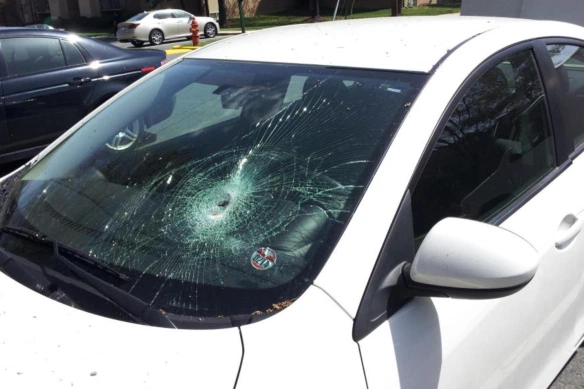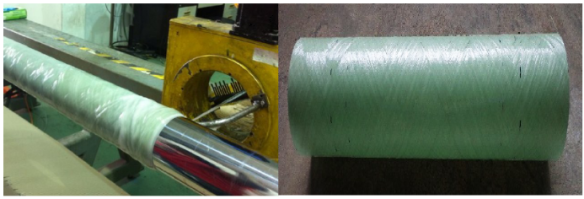 An interesting article about failure analysis of impact on glass laminated, published on « Composites Part B »,april 2017.
An interesting article about failure analysis of impact on glass laminated, published on « Composites Part B »,april 2017.
Laminated glass is a simple sandwiched composite structure, while being widely used in the automotive industry as windshield glazings. It is considered to be safety glass due to its excellent performance in absorbing impact energy and bonding glass fragments. Meanwhile, the impact failure patterns of an automotive windshield glazing contribute to the traffic accident reconstruction. In recent decades, a growing interest has been devoted to the impact failure analysis of automotive laminated glass by means of numerical simulations. The purpose of this work is to present a comprehensive review concerning this aspect. We start by introducing six numerical algorithms for the modeling of the principal damage pattern, glass-ply cracking, followed by the introduction of material models for the plastic interlayer, PVB, and then address three numerical techniques for the adhesion modeling. Three kinds of laminated glass models are summarized. Finally, the performance of the numerical algorithms on the impact failure analysis of laminated glass in terms of glass-ply cracking and acceleration history is thoroughly discussed.


